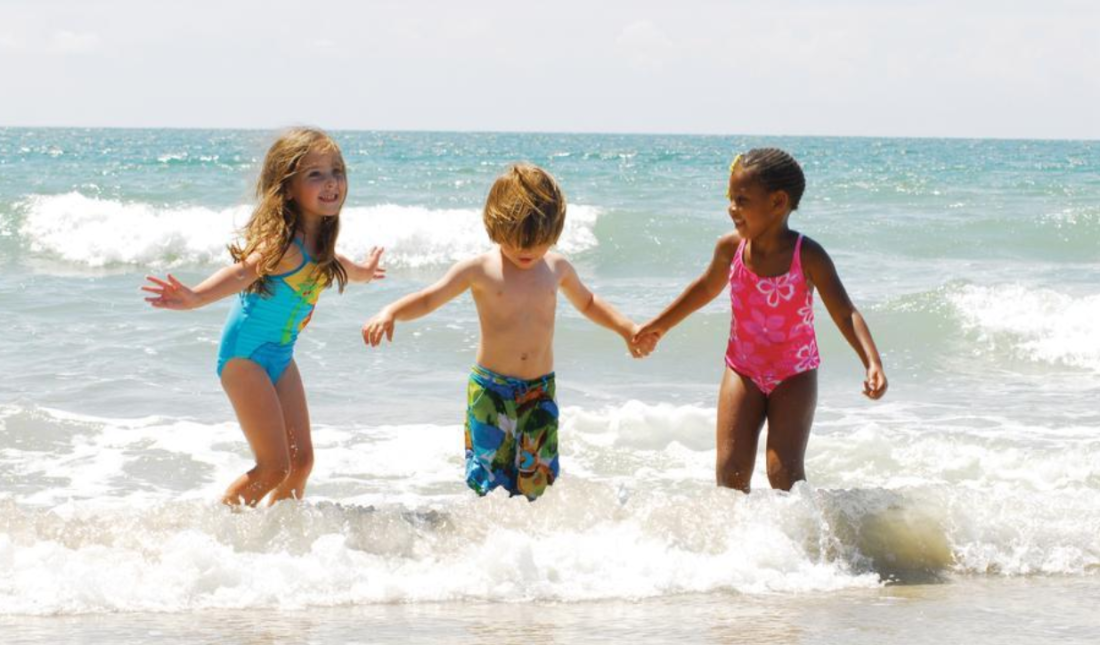The beach is a wonderful place for a family day out, it has everything you need for a perfect day. However, it can quickly become a bad day if you take your eye off your kid for just a few seconds and they don’t know about beach safety.

That’s why it is essential you talk to them and teach them about beach safety before you even get to the beach. Make sure you’re happy they understand before you head out the door.
Consider A Training School
If you head to the beach you can talk to the Surf lifesavers and enrol your child in the Nippers program. This is the perfect way for any child to learn everything they need to know about the beach and the sea, including CPR. They will also make new friends. Of course, a small donation to the foundation is appreciated as this funds the surf lifesavers and saves lives.
Swimming Skills
If you are going to let your child in the water then you need to ensure they know how to swim. The best way of doing this is via swimming lessons at the local pool. However, you should note that swimming in the sea is different and more physically challenging. Talk to your child to ensure they understand that the sea is different, waves will move them and they may not be able to see the sand beneath their feet.
All children should be comfortable floating on their backs, it can literally save their life.
Keep your Eye On Them
It doesn’t matter how many times you’ve been to the beach, when you have small children you need to keep an eye on them constantly. Children will generally focus on play and won’t realize that the sea has carried them away from their original position, potentially further out to sea than they are comfortable with.
Surf Lifesaver Beaches
There are 180,000 surf lifesavers across Australia although the beaches they patrol only represent a fraction of what the country has to offer. If you have children it is best to use a beach with surf lifesavers, it’s an extra pair of eyes watching your child. Of course, you still need to keep your eyes on them.
As part of this, it can help your child learn to pause on arrival. They should check out the flags the surf lifesavers have up and understand their meaning. It will help them to take stock of the water before entering.
Ask First
Your child must know they need to ask before they go into the water. This will ensure you know where they are and can keep an eye on them. If they don’t ask they can simply wander into the water which has the potential to be fatal.
Choose Boundaries
When allowing your children into the water set boundaries. That means telling them how deep they are allowed to go and setting markers, such as a building behind the beach and the lifesaver station. Your child needs to stay in the zone you have created, this will help you monitor them.
Finally, children should never be in the water alone. Always make sure you or a buddy are in the water near them. This allows them to safely build confidence.




